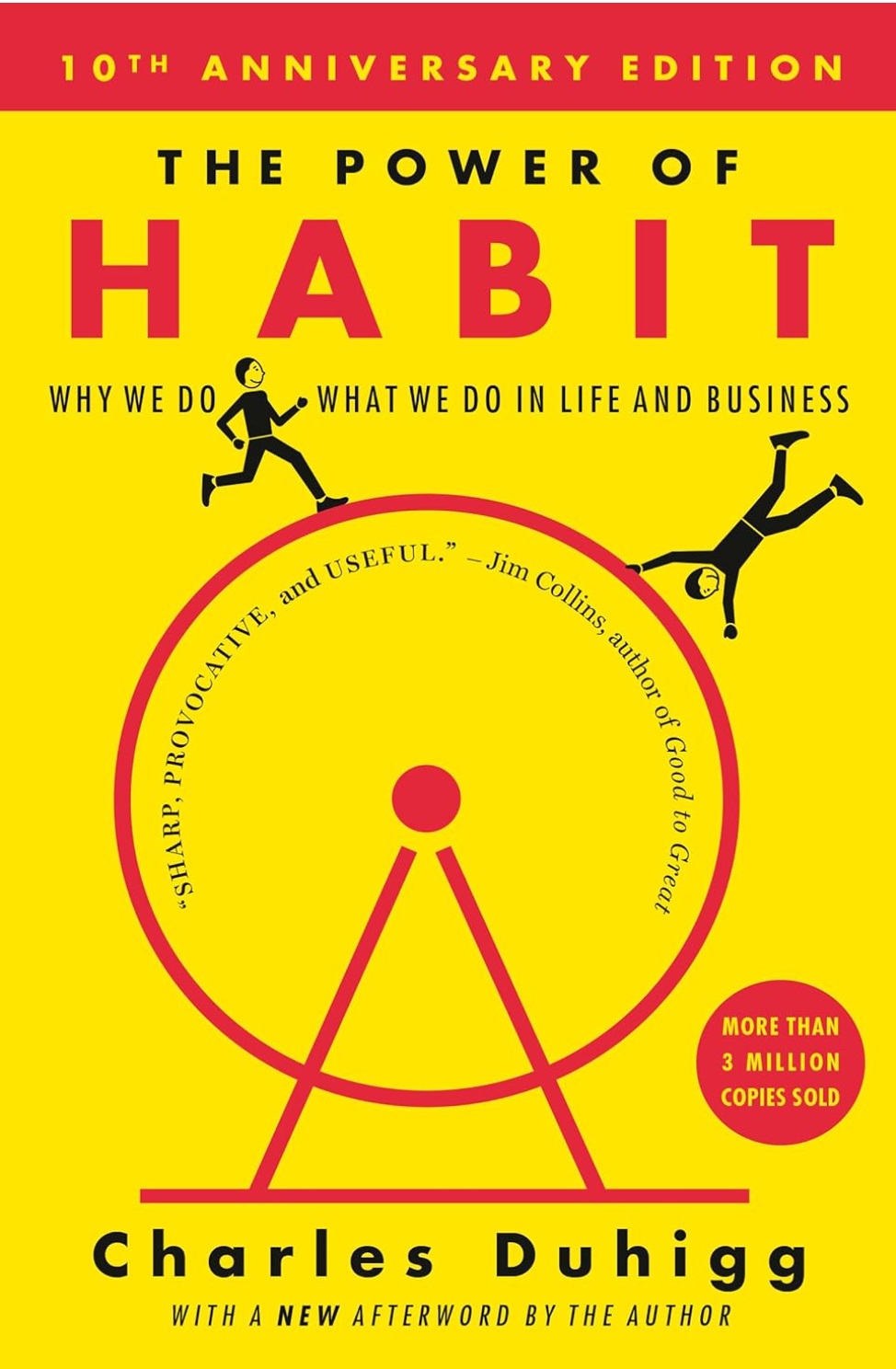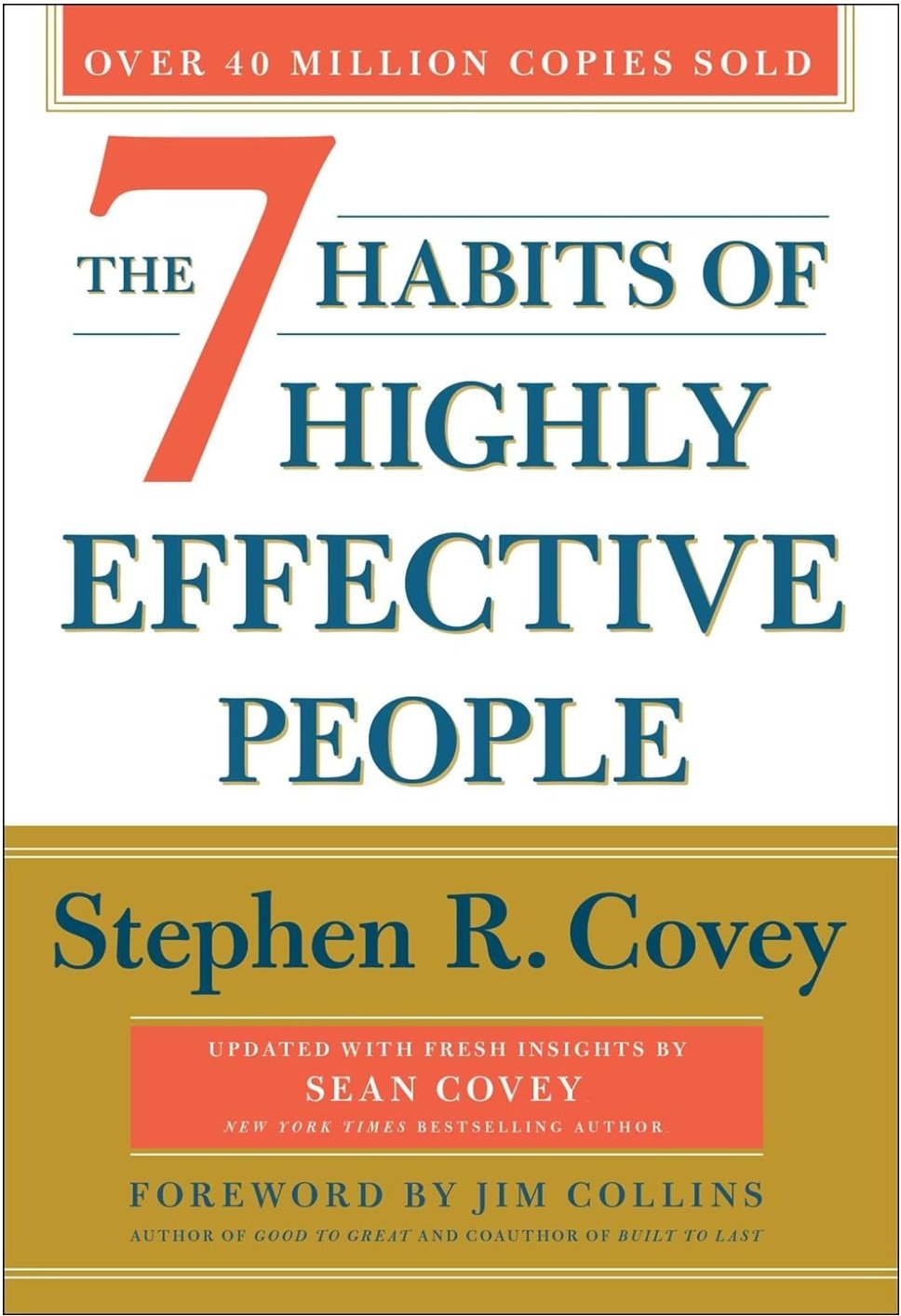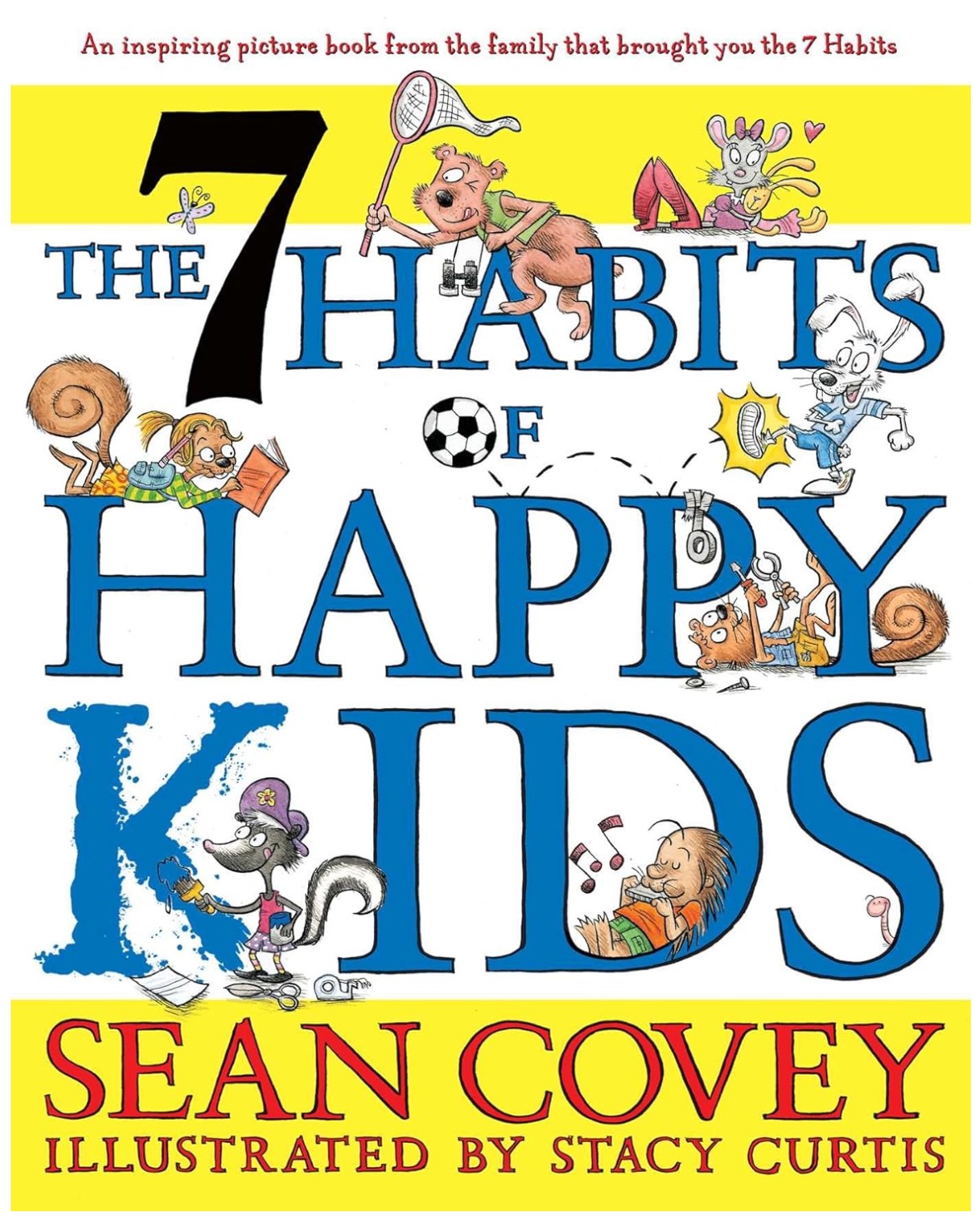- KEY POINTS
- Daily habits like mindfulness, gratitude, and boundaries build emotional resilience to navigate challenges.
- Reframe negativity and practice positive self-talk to stay calm and confident.
- Small, consistent actions like celebrating progress and self-care foster emotional growth.
Life is unpredictable. We all face challenges that test our patience, strength, and emotional stability. Whether it’s a stressful day at work, a personal setback, or the weight of the unknown, how we respond to these moments shapes our overall well-being. This is where emotional resilience comes in. It’s not about avoiding life’s difficulties—it’s about bouncing back and thriving despite them.
Over the years, I’ve discovered habits that help me build and maintain emotional resilience. These aren’t quick fixes. They’re simple, practical actions you can weave into your daily life to create a solid emotional foundation. If you’ve been looking for ways to stay grounded, calm, and confident in the face of life’s ups and downs, you’re in the right place.
Let’s explore these habits together.
Table of Contents
ToggleSimple Daily Habits to Build Emotional Resilience
Start Small but Consistent
Emotional resilience isn’t something you build overnight. It’s a muscle that grows with practice. I’ve found that starting with small, consistent habits makes the biggest difference. For example, I started by dedicating just five minutes each morning to set my intentions for the day. Over time, this simple habit became the anchor that kept me grounded.
Why It Works: Small habits are easy to stick to and create a ripple effect of positivity throughout your day.
Action Step: Choose one small habit—like journaling, mindfulness, or deep breathing—and commit to practicing it daily. For more ideas, check out Simple Daily Habits to Build Emotional Resilience.
Focus on Progress, Not Perfection
I used to get stuck in the trap of thinking I had to do everything perfectly. But focusing on progress instead of perfection has been a game-changer. For example, when I began practicing gratitude, I didn’t worry about doing it “right.” I just focused on writing down one thing I was thankful for each day.
Why It Works: Progress builds momentum and reinforces your efforts, making it easier to stay resilient.
Action Step: Reflect on one small win from today and celebrate it. It doesn’t have to be big—every step forward counts.
How to Develop Positive Self-Talk Every Day
Be Mindful of Your Inner Dialogue
Negative self-talk used to be my default setting. If I made a mistake, my inner voice would say, “You’re not good enough.” But I realized I would never speak to a friend that way. So why was I speaking to myself like that? Learning to notice and challenge these negative thoughts was the first step in changing them.
Why It Works: Positive self-talk rewires your brain to focus on strengths rather than flaws, building confidence and emotional resilience.
Action Step: The next time you catch yourself thinking negatively, pause and ask, “Is this thought helpful or true?” Then reframe it into a supportive statement. For more tips, visit How to Develop Positive Self-Talk Every Day.
Practice Daily Affirmations
I’ve found affirmations to be a simple yet powerful tool for shifting my mindset. Each morning, I repeat phrases like, “I am capable of handling challenges” or “I trust myself to make the right decisions.” At first, it felt awkward, but over time, these affirmations began to shape how I saw myself.
Why It Works: Affirmations help reinforce positive beliefs, making it easier to approach challenges with confidence.
Action Step: Write down three affirmations that resonate with you and repeat them every morning.
Overcome Challenges with Resilience Techniques
Break Problems Into Smaller Steps
When faced with a big challenge, it’s easy to feel overwhelmed. I’ve been there. But I’ve learned that breaking problems into smaller, actionable steps makes them feel more manageable. For instance, when I felt stuck in a stressful job, I focused on updating my resume one day, researching job openings the next, and so on. Step by step, I worked through it.
Why It Works: Small steps help you regain control and keep moving forward, even in tough situations.
Action Step: Identify one challenge you’re facing right now and break it into three small, actionable steps. For more strategies, explore Overcome Challenges with Resilience Techniques.
Lean on Your Support Network
During tough times, I’ve found strength in reaching out to others. Whether it’s a trusted friend, family member, or mentor, sharing your struggles can provide perspective and comfort. There’s no shame in asking for help—it’s a sign of strength.
Why It Works: A strong support network offers emotional encouragement and practical advice, making challenges feel less isolating.
Action Step: Reach out to someone you trust today. Even a quick text or phone call can make a big difference.
Calm Your Mind with Stress-Relief Habits
Practice Deep Breathing
When life feels overwhelming, I turn to my breath. A simple deep-breathing exercise, like inhaling for four counts, holding for four counts, and exhaling for four counts, can instantly calm my mind. I use this technique during moments of stress, like before a big presentation or after a challenging conversation.
Why It Works: Deep breathing activates the body’s relaxation response, reducing stress and promoting emotional balance.
Action Step: Try a deep-breathing exercise today, even for just two minutes. For more calming practices, visit Calm Your Mind with Stress-Relief Habits.
Incorporate Mindfulness into Your Day
Mindfulness doesn’t have to be complicated. For me, it’s as simple as taking a mindful walk or savoring my morning coffee without distractions. These moments of presence help me reset when negativity creeps in and allow me to approach challenges with clarity.
Why It Works: Mindfulness anchors you in the present, reducing anxiety about the past or future.
Action Step: Choose one activity today—like eating a meal or taking a walk—and do it mindfully, focusing on the sensations and experience.
5-Minute Habits to Strengthen Mental Toughness
Start Your Day with Gratitude
Gratitude has been a transformative practice for me. Each morning, I write down three things I’m grateful for. Some days, it’s big things like family or health; other days, it’s smaller joys like a good night’s sleep or a sunny morning. This habit sets a positive tone for my day and strengthens my emotional resilience.
Why It Works: Gratitude shifts your focus from what’s wrong to what’s right, building a foundation of positivity.
Action Step: Begin a gratitude practice by writing down three things you’re thankful for every morning. For more ideas, check out 5-Minute Habits to Strengthen Mental Toughness.
Visualize Your Strength
Another five-minute habit I’ve adopted is visualization. When I feel uncertain or overwhelmed, I take a moment to visualize myself handling the situation with confidence and grace. For example, before a challenging conversation, I imagine myself speaking calmly and effectively.
Why It Works: Visualization trains your brain to see possibilities and prepares you to respond positively to challenges.
Action Step: Spend five minutes visualizing yourself succeeding in an upcoming challenge or goal.
Bounce Back Faster with These Resilience Tips
Learn from Setbacks
When I reflect on my biggest challenges, I realize that each one taught me something valuable. For example, after a professional failure, I learned the importance of asking for feedback and adjusting my approach. Viewing setbacks as opportunities to grow has helped me bounce back faster each time.
Why It Works: Learning from setbacks shifts your focus from failure to growth, building resilience over time.
Action Step: Think about a recent setback and write down one lesson you learned from the experience. For more strategies, visit Bounce Back Faster with These Resilience Tips.
Celebrate Small Wins
I used to think I needed to achieve something big before celebrating, but I’ve learned the value of recognizing small wins. Whether it’s completing a workout or staying calm in a stressful situation, these moments of progress remind me of my strength.
Why It Works: Celebrating small wins reinforces positive habits and keeps you motivated during tough times.
Action Step: Reflect on one small win from today and acknowledge the effort you put into it.
How to Stay Calm in Difficult Situations
Focus on What You Can Control
During particularly stressful times, I’ve found comfort in focusing on what’s within my control. For example, when a project at work didn’t go as planned, I stopped fixating on others’ opinions and instead focused on my own effort and preparation. This shift helped me stay calm and move forward with confidence.
Why It Works: Channeling energy into what you can control reduces feelings of helplessness and promotes clarity.
Action Step: Identify one thing you can control in a current challenge and take a small step toward improving it. For more tips, visit How to Stay Calm in Difficult Situations.
Ground Yourself in the Present
When my mind starts racing with “what ifs,” I turn to grounding techniques. One of my favorites is the 5-4-3-2-1 method: I identify five things I see, four things I feel, three things I hear, two things I smell, and one thing I taste. This exercise pulls me out of anxious thoughts and anchors me in the present.
Why It Works: Grounding shifts your focus away from stressors and reconnects you with the here and now.
Action Step: Try a grounding exercise the next time you feel overwhelmed. Focus on your senses and take slow, deep breaths.
Build Confidence with Emotional Strength Habits
Set Boundaries to Protect Your Energy
For years, I said “yes” to everything, even when I didn’t have the capacity. Over time, I realized that setting boundaries wasn’t selfish—it was essential for my well-being. Saying “no” to unnecessary commitments has allowed me to focus on what truly matters, boosting both my confidence and emotional strength.
Why It Works: Boundaries protect your energy, helping you invest it where it counts and reinforcing self-respect.
Action Step: Identify one area in your life where you need to set a boundary and take a small step to implement it. For more strategies, check out Build Confidence with Emotional Strength Habits.
Celebrate Your Growth
I used to focus so much on what I hadn’t achieved that I overlooked how far I’d come. Now, I regularly take time to reflect on my growth—whether it’s learning a new skill, handling a tough situation, or simply showing up for myself. These moments remind me of my resilience and build my confidence.
Why It Works: Recognizing growth reinforces your ability to handle challenges, strengthening your emotional resilience.
Action Step: Write down three ways you’ve grown in the past year, no matter how small. Reflect on how those moments shaped who you are today.
Let Go of Negativity with Daily Mindset Shifts
Reframe Negative Thoughts
I’ve learned that negativity often begins with our inner dialogue. For example, when I catch myself thinking, “I’ll never be able to do this,” I pause and reframe it to, “This is challenging, but I can take it one step at a time.” This simple shift helps me approach challenges with a more constructive mindset.
Why It Works: Reframing negative thoughts creates space for optimism and problem-solving, reducing the emotional weight of setbacks.
Action Step: Practice reframing one negative thought today into something positive or neutral. For more ideas, visit Let Go of Negativity with Daily Mindset Shifts.
Practice Gratitude to Counter Negativity
Gratitude has become my go-to tool for combating negativity. On difficult days, I focus on small things—like a kind gesture from a friend or the beauty of a sunset—that remind me of life’s positives. Over time, this practice has made it easier to let go of unhelpful thoughts and embrace a more positive outlook.
Why It Works: Gratitude shifts your perspective, helping you focus on abundance rather than scarcity.
Action Step: Write down three things you’re grateful for today. Reflect on how they’ve added value to your life.
Conclusion
Emotional resilience isn’t about avoiding life’s challenges—it’s about equipping yourself with the tools and habits to navigate them with strength and grace. From small daily practices to more intentional mindset shifts, every step you take builds your ability to bounce back and thrive.
Start small. Whether it’s practicing gratitude, reframing negative thoughts, or setting boundaries, these habits can transform the way you approach life’s ups and downs. Remember, resilience is a skill you can cultivate with time and consistency.
You’ve got this. If you’re ready to dive deeper into these habits, explore Your Definitive Guide to Emotional Resilience and the other resources linked throughout this post. I’d love to hear how these strategies resonate with you—let me know which habits you’re incorporating into your daily life!
References
Blog Post References
- Simple Daily Habits to Build Emotional Resilience
- How to Develop Positive Self-Talk Every Day
- Overcome Challenges with Resilience Techniques
- Calm Your Mind with Stress-Relief Habits
- 5-Minute Habits to Strengthen Mental Toughness
- Bounce Back Faster with These Resilience Tips
- How to Stay Calm in Difficult Situations
- Build Confidence with Emotional Strength Habits
- Let Go of Negativity with Daily Mindset Shifts
External References
- How to Build Emotional Resilience
- The Science of Gratitude and Its Positive Impact
- Mindfulness Techniques to Reduce Stress
- Reframing Negative Thoughts for Mental Health
- The Role of Positive Self-Talk in Emotional Resilience
- Overcoming Setbacks with Resilience Strategies
- The Connection Between Self-Care and Emotional Strength
- How to Foster Emotional Resilience Through Social Support
- Simple Steps to Practice Gratitude Daily




































